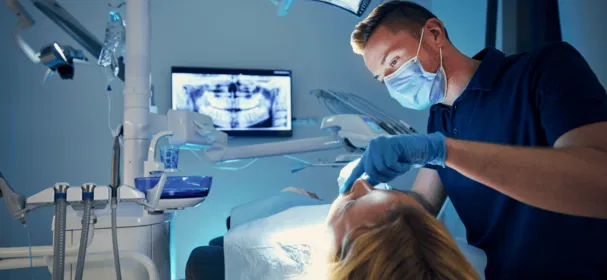Broken bones, also known as fractures, require prompt and effective medical attention to prevent complications and promote proper healing. Urgent care facilities serve as a practical and accessible alternative when an emergency room visit is unnecessary but professional assessment and treatment are needed. Here is more information on how urgent care for broken bones works:
Utilizing Urgent Care
Urgent care for broken bones bridges the gap between primary care and emergency rooms. They provide treatment for injuries that demand immediate attention but do not pose life-threatening risks. Broken bones are prime examples of conditions often addressed in this setting. Urgent care’s accessibility extends to evening and weekend hours, offering patients flexibility in seeking treatment without delay. Prompt treatment is necessary to align bones, reduce pain, and minimize the risk of long-term complications such as improper healing or chronic pain.
Urgent care centers typically operate with shorter wait times and lower costs than emergency departments, making them appealing for individuals with non-severe fractures. These facilities are equipped to handle a range of fractures, including simple and non-displaced breaks. Using imaging technology like X-rays, urgent care centers can identify the severity and location of the fracture efficiently. For more complex or open fractures requiring surgical intervention, patients may be referred to an orthopedic surgeon or a hospital.
Diagnosing Broken Bones
Diagnosing a broken bone begins with a thorough medical evaluation. Providers at urgent care facilities begin by gathering details about the patient’s injury. This includes how the injury occurred, the type of pain experienced, and any swelling or deformity in the affected area. Physical examinations often follow the initial consultation. During this step, healthcare providers assess visual cues like bruising, swelling, or unusual angles caused by bone misalignment.
X-rays are the primary diagnostic tool used in urgent care to confirm a fracture. These imaging tests reveal the location, type, and severity of the bone break. Types of fractures include simple, compound, transverse, spiral, and comminuted, and determining the type informs the treatment approach. For injuries involving more complex breaks or extensive tissue damage, further imaging or specialist consultation may be recommended.
Treating Fractures in This Setting
The treatment of broken bones in urgent care primarily focuses on stabilization, pain relief, and preparing the patient for further care if needed. Upon confirming a fracture, healthcare providers prioritize immobilizing the affected limb to prevent further injury. This often involves splints or braces, which stabilize the bone and allow the patient to begin recovery safely. Pain management is another early focus. Providers may prescribe over-the-counter or prescription medications to reduce pain and inflammation.
For fractures that are non-displaced or minor, urgent care facilities can provide definitive treatment, such as splinting and follow-up care recommendations. Patients requiring ongoing care are often referred to specialists for follow-ups, particularly in cases involving displaced fractures. This is when surgical intervention might be necessary to reset and secure the bone.
Get Urgent Care for Broken Bones
Urgent care centers play a key role in addressing broken bones safely and efficiently. They provide quick evaluation and treatment, including the use of X-rays, splinting, and pain management for non-complex fractures. By offering timely care for conditions requiring immediate attention but not emergency-level intervention, urgent care serves as an accessible option for fractures. Patients with fractured bones can confidently turn to urgent care as a first step in their recovery process. By seeking rapid treatment for injuries, they promote proper healing and lay the foundation for regaining normal function.
- TimesHealthMag Fitness Workouts For Women – Burn Fat & Build Strength!
- Exploring the Essential Tools Behind Today’s Advanced Dental Procedures
- How To Choose the Right Gastroenterologist for Your Needs
- Exploring the Role of Stem Cell Injections in Regenerative Medicine
- Exercises to Relieve Elbow Pain and Improve Flexibility


Leave a Reply